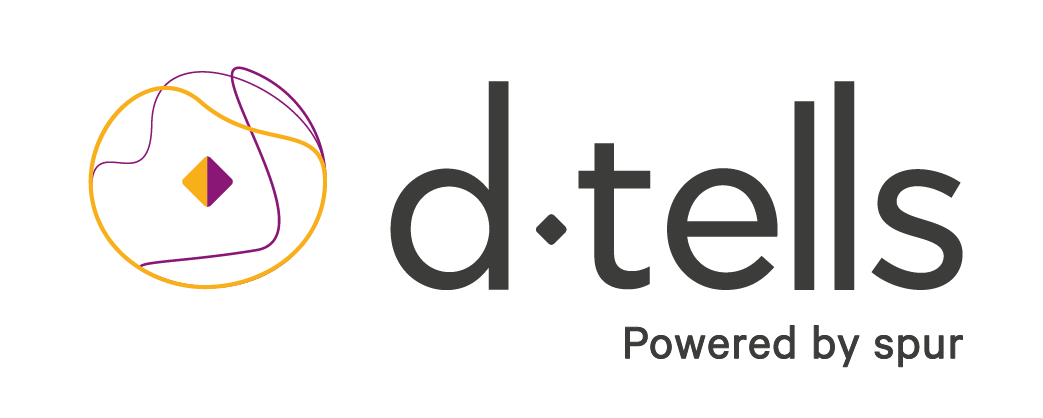A multiple-cohort analysis of the SPUR 6/24 patient-reported adherence tool
Access our SPUR research website
Objective
The SPUR PRAM (Patient-Reported Adherence Measure) was developed over 2021 and 2022 via a series of studies in Europe and the United States. These studies collectively demonstrate the potential of SPUR to help assess non-adherence risk for patients with chronic disease via an interactive, digital tool that further identifies the specific drivers of that risk (13 drivers categorized into 4 main dimensions). Over the course of the refinement of the SPUR tool, a number of different versions were tested in several cohorts. SPUR is currently primarily used in its 6/24 version as this is the latest developed and it allows a high degree of interactivity in its digital form while reducing testing burden on the patient.
The aim to this meta-analysis is to retroactively assess the validity of SPUR 6/24 on all the cohorts previously studied.
Methodology
Spearman’s rank correlations were calculated for both SPUR 6 and SPUR 24 with respect to all the relevant variables examined in the five different patient cohorts. A further analysis was done on the combined data set to determine whether these correlations were significant across diseases and cultures.
MMAS, MARS, and the BeMQ are widely used PRAMs. Note that the BeMQ consists of four different measures, corresponding to two “general” sets of beliefs and two “specific” sets of beliefs. The combined score for the specific beliefs was retained for this study as it has well demonstrated its usefulness in assessing patient adherence risk.
Main outputs
- SPUR24 correlates more to BMeQ-SPEC and MMAS-8 that they do to each other
- SPUR24 has the highest correlation to both HbA1C and MPR of all PRAMs tested
- Correlations to MPR for all PRAMs were relatively weak for this study, with SPUR24 having the highest correlation
Conclusion
SPUR 6/24 is a useful tool in assessing the risk of non-adherence for patients with chronic disease. It correlates to widely used measures, both clinical and patient-reported, and it performs as well or better than previous versions of SPUR while allowing more flexibility and ease of use in a digital format.
See also
A multiple-cohort analysis of the SPUR 6/24 patient-reported adherence tool
Clinical Ink and Observia: Pioneering Personalized Patient Engagement in Clinical Trials
By your side in 2024: Happy Holidays from Observia!
Need more information?
A burning question, a specific request, a great project to share with us? Get in touch, our teams are here to help!










